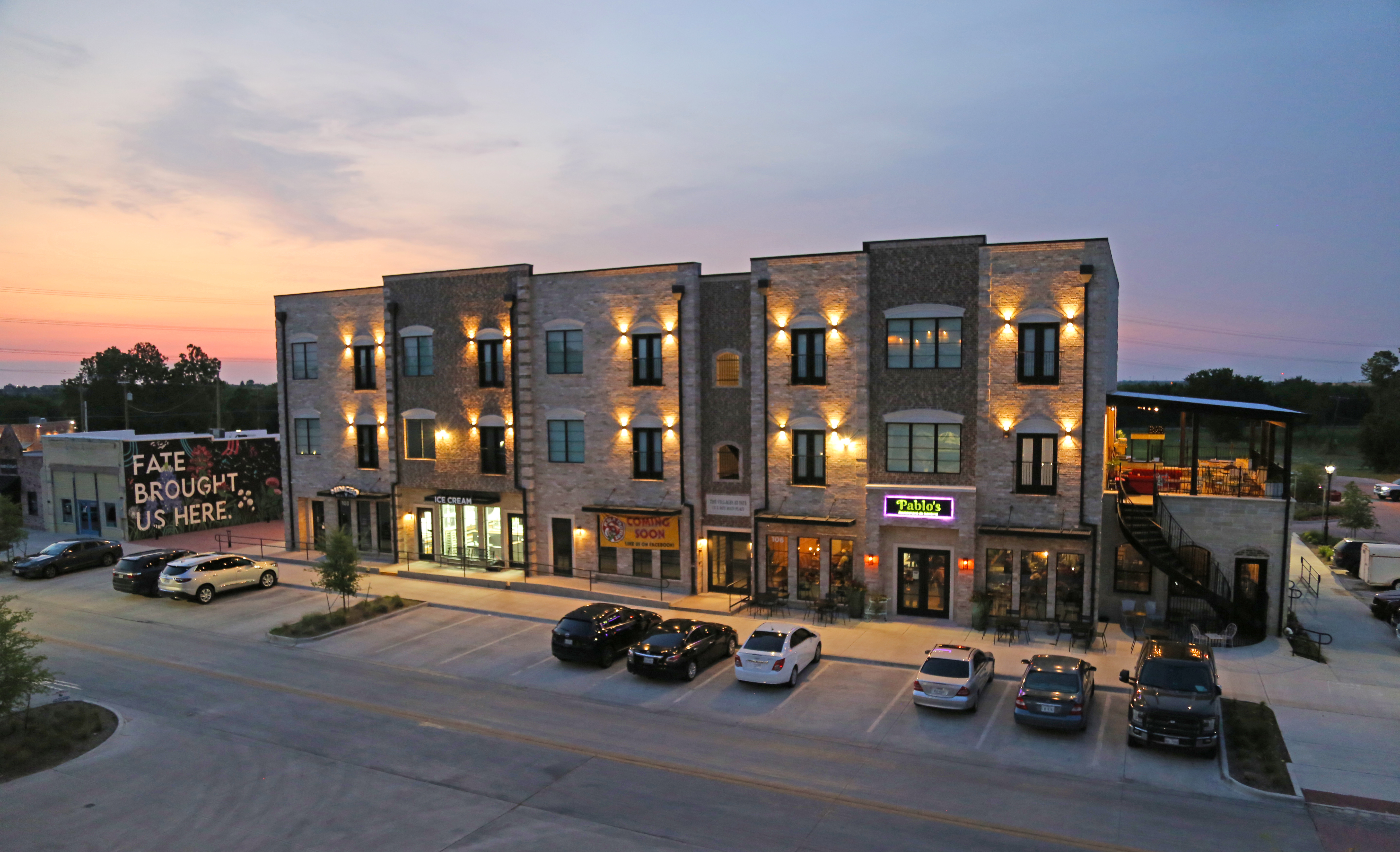
New Development Fiscal Analysis
Fate, Texas
Michael Kovacs, City Manager
Justin Weiss, ICMA-CM, Assistant City Manager
The history of Fate, Texas, goes back to the 1880s, but significant growth did not occur for well over 100 years. In the 1970s, suburban expansion from Dallas moved eastward along Interstate 30. Just 30 miles east of Dallas, Fate captured the attention of home developers, who purchased land and waited until the early 2000s to begin construction. Like many suburban cities, Fate depends on one-time permit revenue from new growth to maintain and replace the aging infrastructure of these once-newer neighborhoods. This dynamic, which Chuck Marohn of Strong Towns calls the “Growth Ponzi Scheme,” has fueled the sprawl of the Dallas-Fort Worth metroplex for decades.
Fate’s leadership recognized large disconnects between the revenues and costs associated with single-family residential development patterns and the fiscally productive growth the city needed to cover its liabilities while providing high-quality public services. As a result, the focus of leadership became figuring out ways to manage exponential population growth while limiting major property tax rate increases, issuance of debt, and degradation of city facilities.
To address the disconnect between the land-use patterns and the overall fiscal sustainability of the community, the city developed a fiscal analysis tool in March 2017. This tool calculates fiscal productivity, or the amount of private wealth created by a proposed project. Fiscal productivity is also measured as value per acre, which creates an apples-to-apples comparison between parcels of different sizes and land uses. The analysis tool also estimates the ongoing revenues, maintenance costs, replacement costs of infrastructure, and the costs of public safety and other general municipal services. The city provides a downloadable spreadsheet on its website (fatetx.gov/fiscalanalysis) for developers to estimate these calculations.
While this fiscal calculator shows whether a project will promote long-term fiscal sustainability, it is not the sole factor in deciding whether a project is approved or denied. Sometimes projects that are not “fiscally sustainable” may still be desirable for other reasons, such as community parks.
A measurable outcome of the city’s new approach is the redevelopment of Fate’s nascent downtown. The first new development was a three-story mixed-use building completed in 2020, with 18 apartments and four commercial businesses, including a full-service sit-down restaurant. This high-quality compact development is the most fiscally productive type of project in Fate and has become a standard of performance. Currently in downtown there are four additional multi-story mixed-use developments underway, continuing the path where new developments contribute more to the community than they cost to serve, now and in the future.
The lesson learned with this program is that doing the math is the easy part of changing a community’s business model. Fate’s elected officials proved willing to do the more difficult part in educating residents about the long-term impacts of near-term growth. A year-long comprehensive planning process helped the city gain support from its residents. Subsequently, the community adopted a plan with this fiscal model at the forefront (forwardfate.com).
Fate is one of few communities nationwide implementing Strong Towns’ principles in innovative ways. Assistant City Manager Justin Weiss, who champions and manages the fiscal analysis program, and City Manager Michael Kovacs have spoken at nationwide conferences and written articles for national and Texas publications. Thanks to the initiative and support of city leaders, Fate is experiencing significant momentum toward making the city a lasting and vibrant place that showcases the value of professional management.
